Vocabulary enhancement Normal Geometry Worksheets for Ages 3-4
6 filtered results
-
From - To
Boost your little one's vocabulary with our Vocabulary Enhancement Normal Geometry Worksheets for ages 3-4! Designed specifically for early learners, these engaging, colorful worksheets introduce basic geometric concepts while expanding their language skills. Children will explore shapes such as circles, squares, and triangles through fun activities that promote comprehension and expression. With a mix of tracing, matching, and identifying exercises, these worksheets foster a love for learning and build confidence in both math and vocabulary. Perfect for parents and teachers alike, these resources ensure children get a head start on essential skills while having fun! Download today and watch them shine!
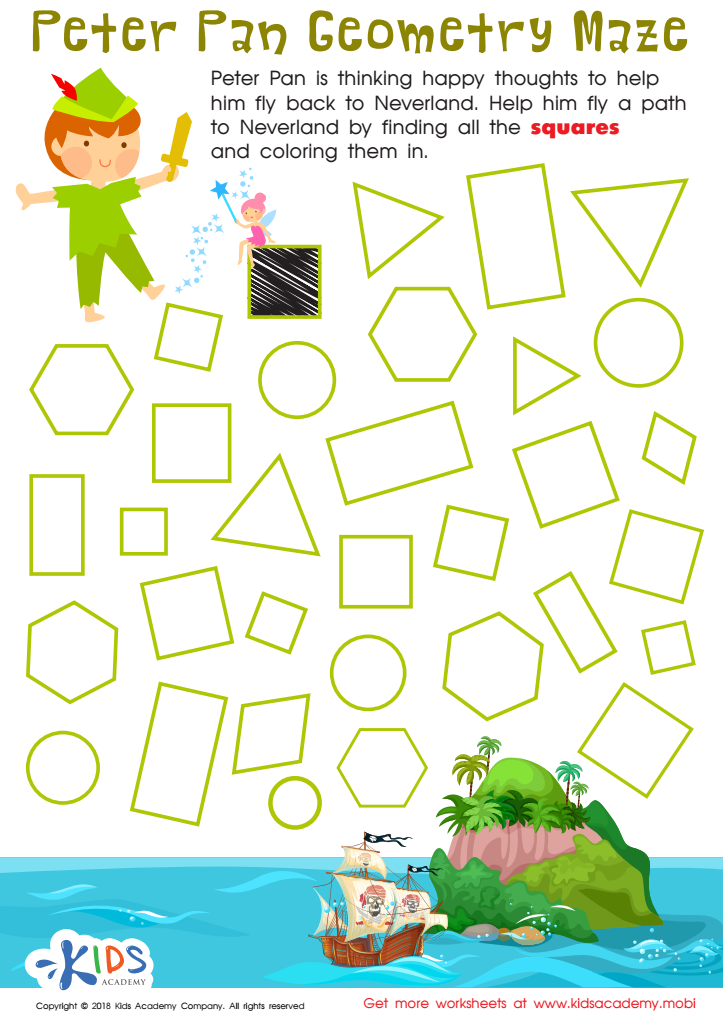

Peter Pan Worksheet
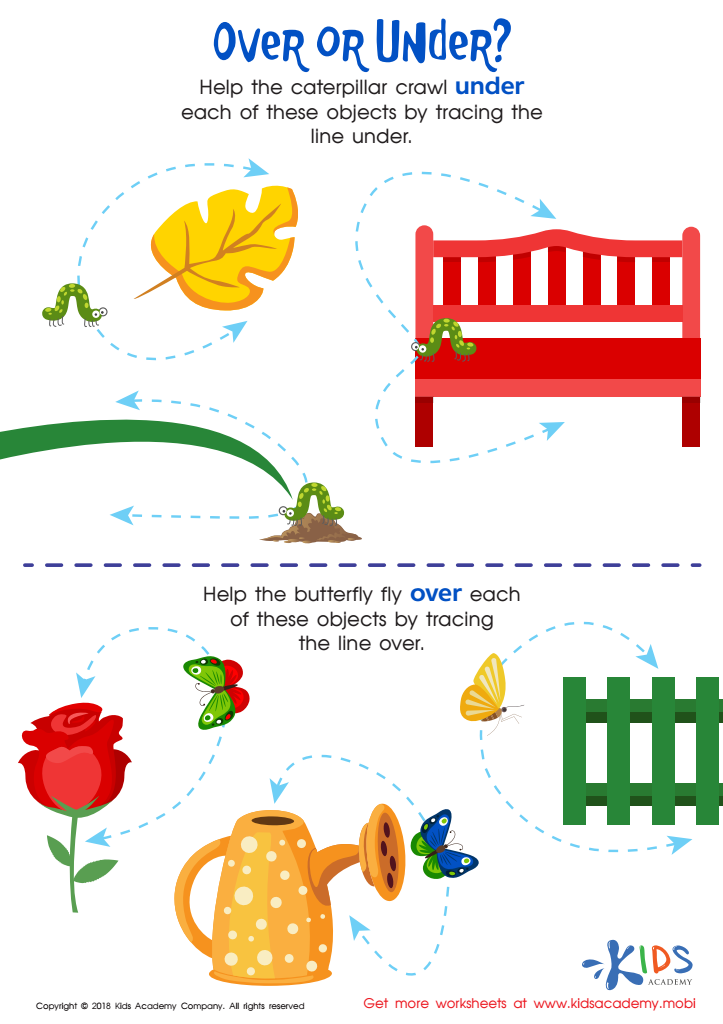

Over or Under? Worksheet
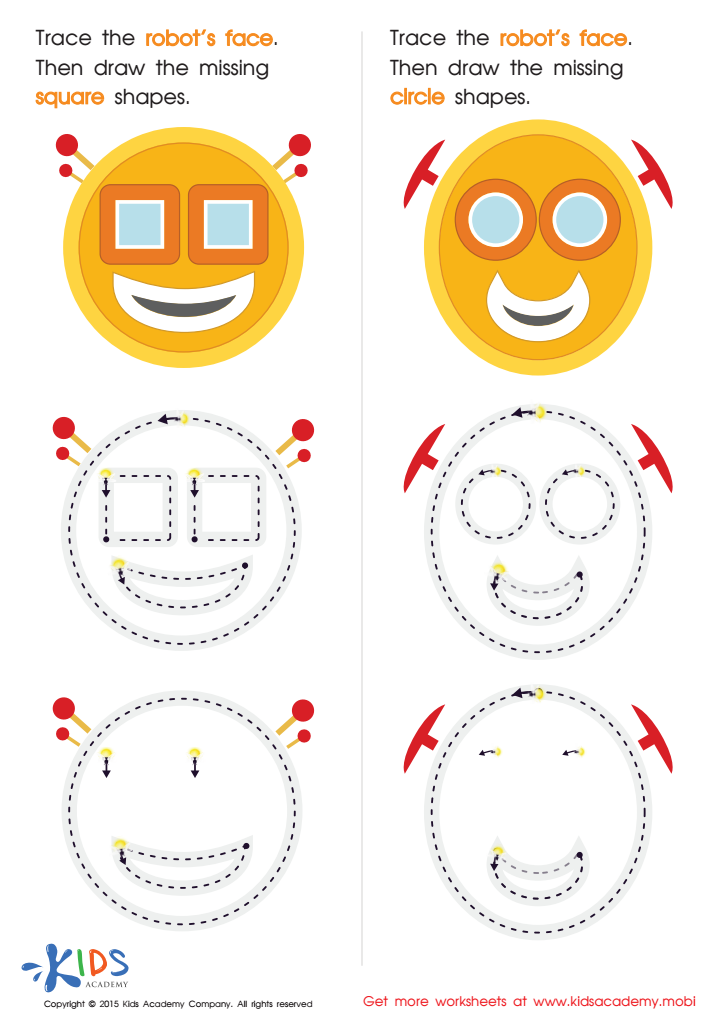

Practicing to Draw Circles And Squares Printable
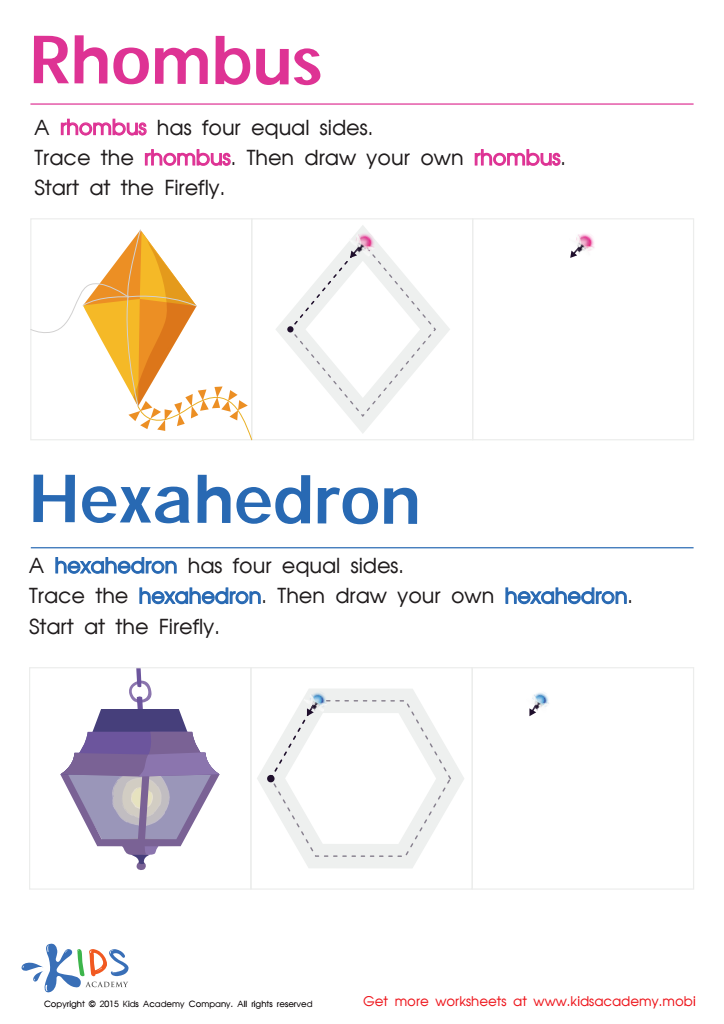

Draw a Rhombus And a Hexahedron Printable
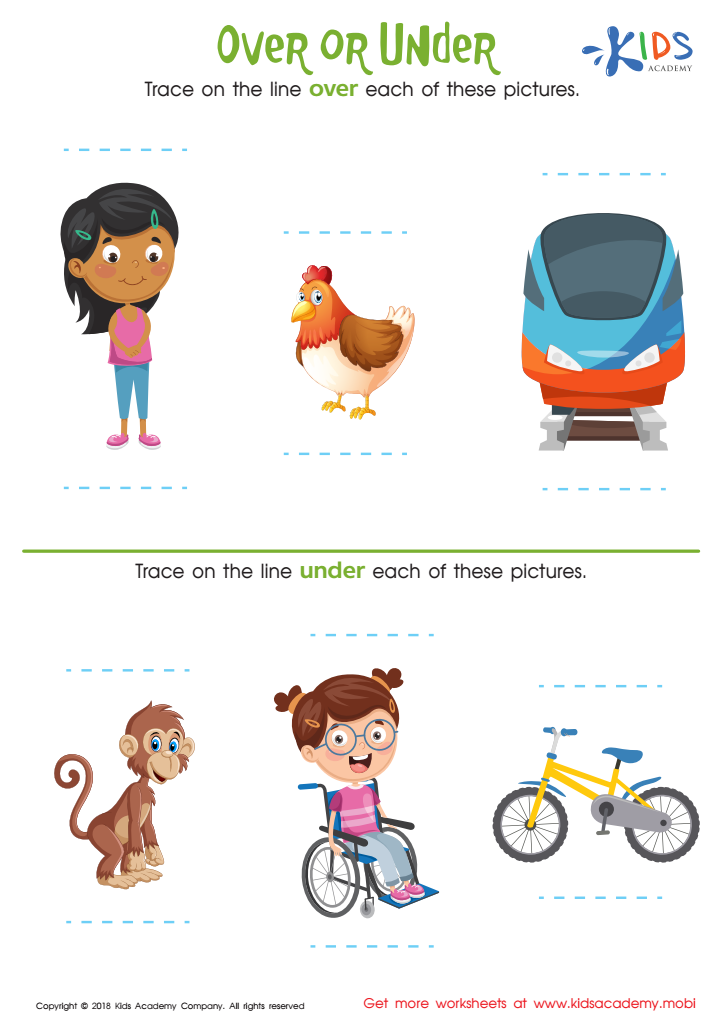

Over or Under Worksheet
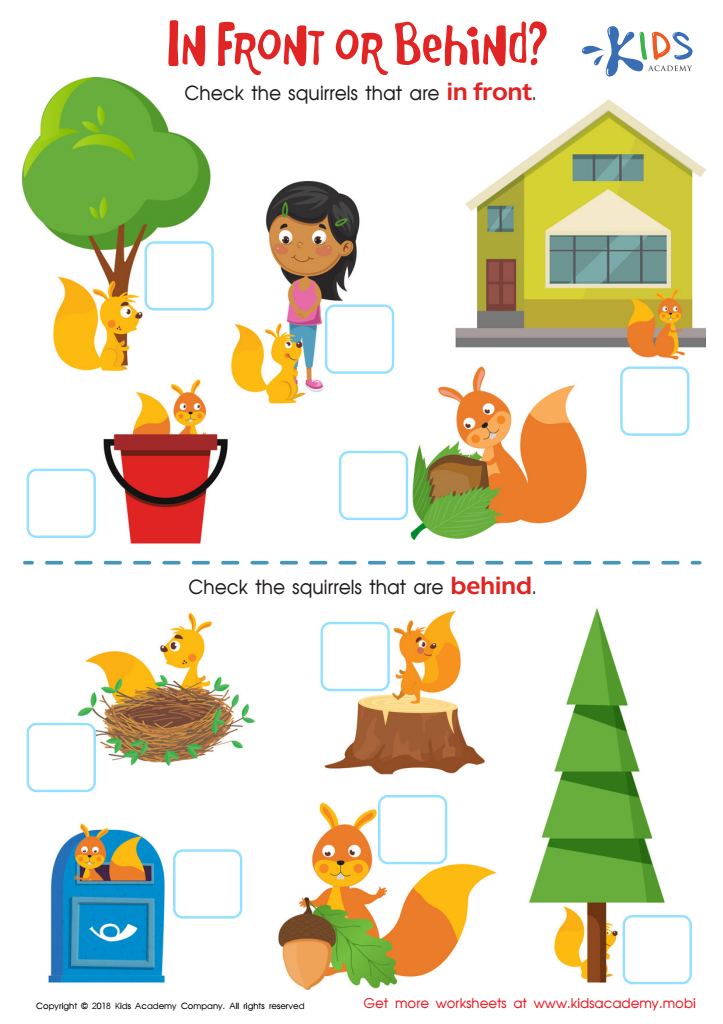

In Front or Behind: Part 2 Worksheet
Vocabulary enhancement in Normal Geometry for ages 3-4 is crucial for the holistic development of young learners. During these formative years, children are absorbing language and concepts at an astonishing rate. Introducing geometric vocabulary, such as shapes (circle, square, triangle) and spatial terms (above, below, beside), not only expands their language skills but also fosters cognitive development.
Understanding geometry lays a foundation for more complex mathematical concepts later. When children learn words associated with shapes and spatial relationships, they improve their ability to describe their environment, solve problems, and reason logically. This early introduction helps them make connections between language and visual perception, fostering both literacy and mathematical skills concurrently.
Moreover, vocabulary plays a role in boosting self-esteem and communication skills. The ability to articulate geometry-related ideas allows children to engage in conversations, ask questions, and express themselves more confidently.
For parents and teachers, enhancing vocabulary in this area creates a richer learning environment and provides children with the tools they need to navigate their world effectively. Investing in their linguistic and cognitive growth during these early years establishes a strong foundation for lifelong learning, making it an area of paramount importance.
 Assign to My Students
Assign to My Students















